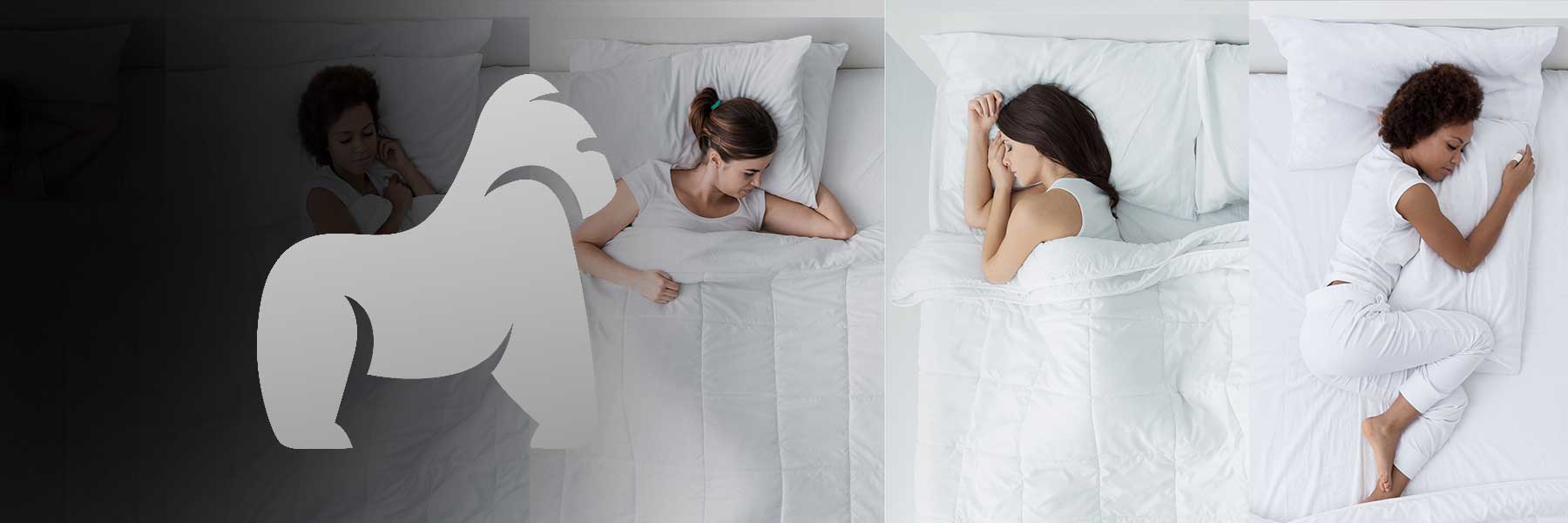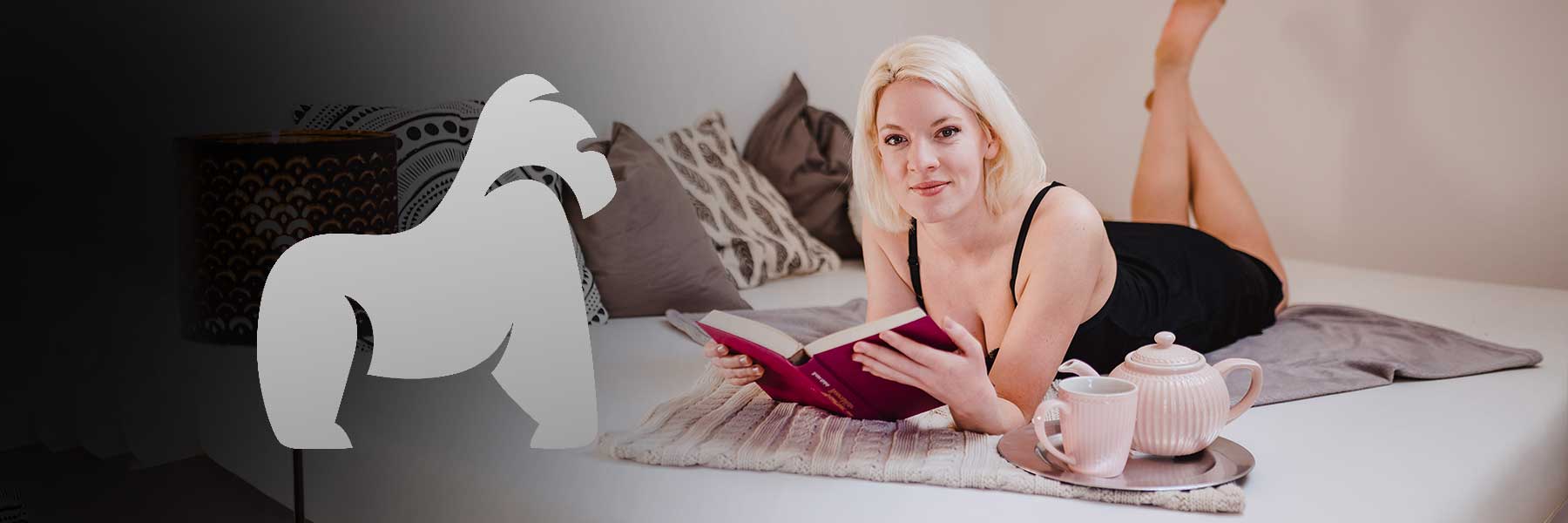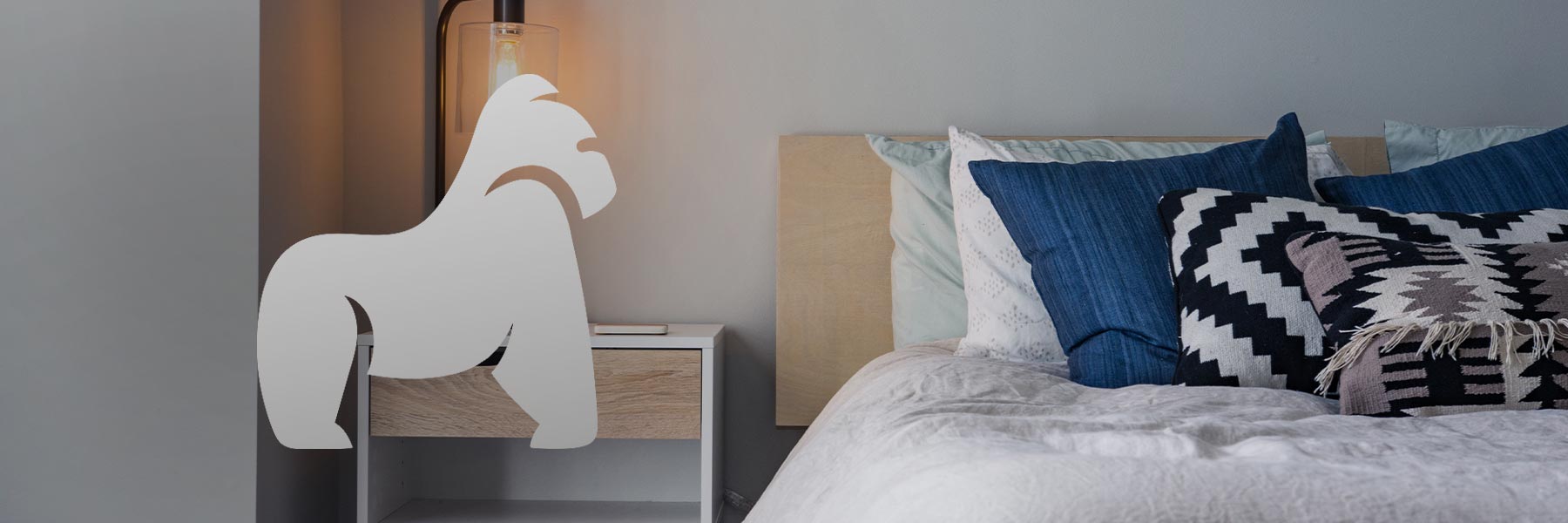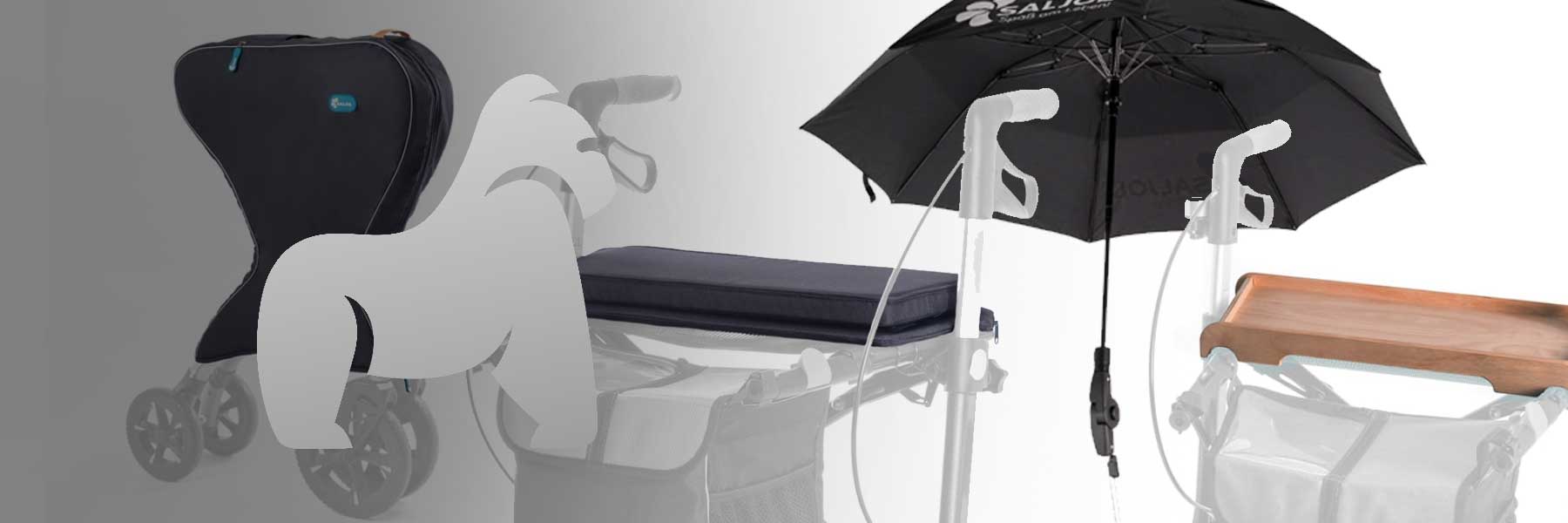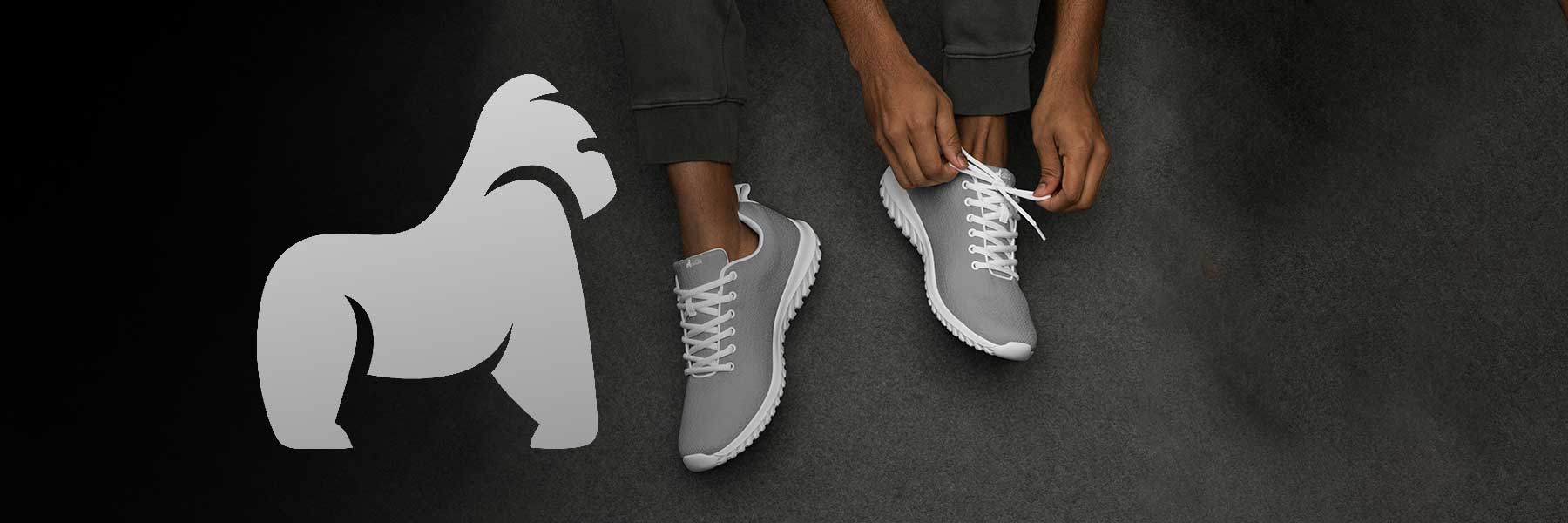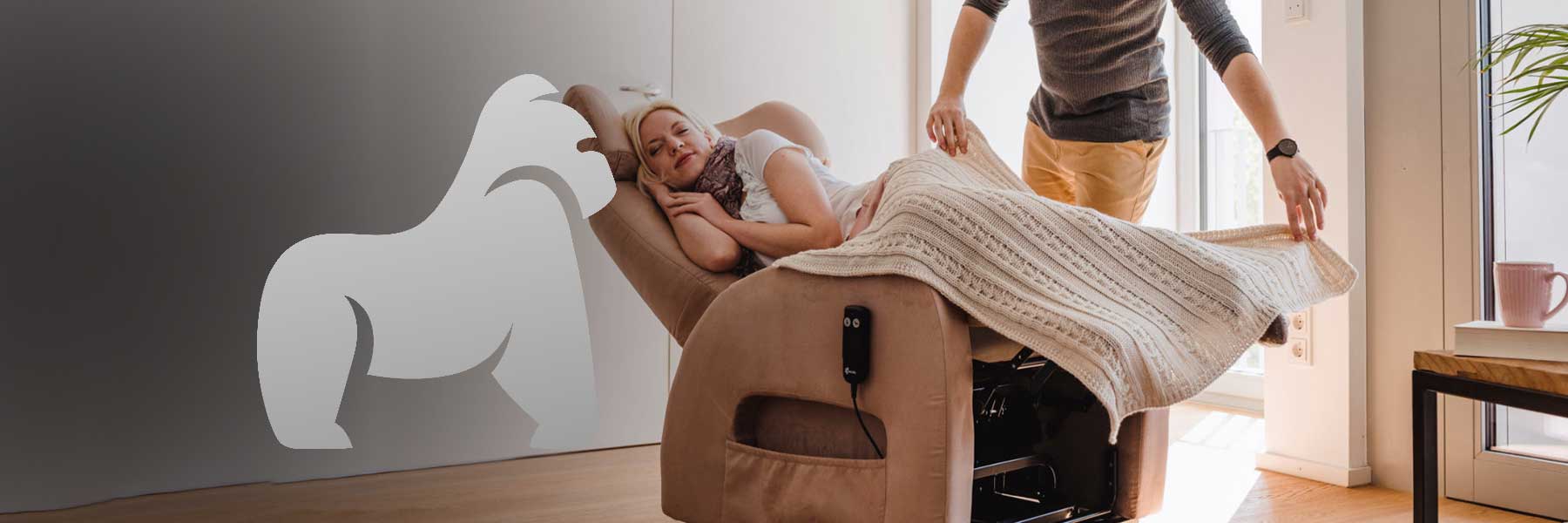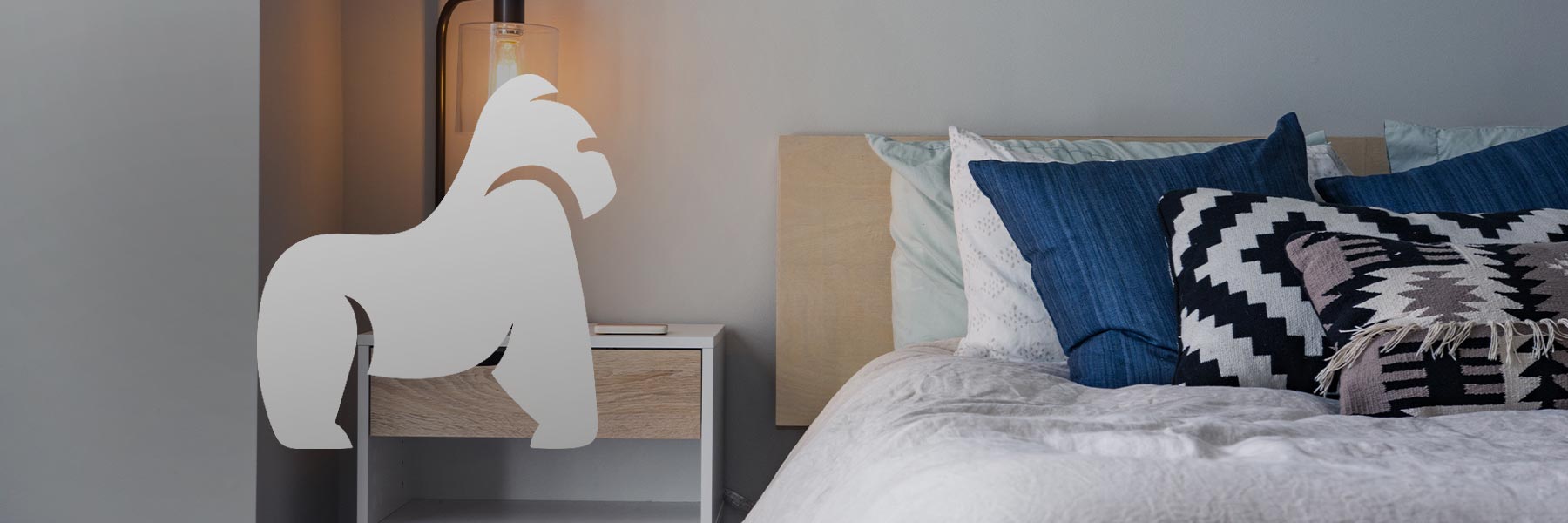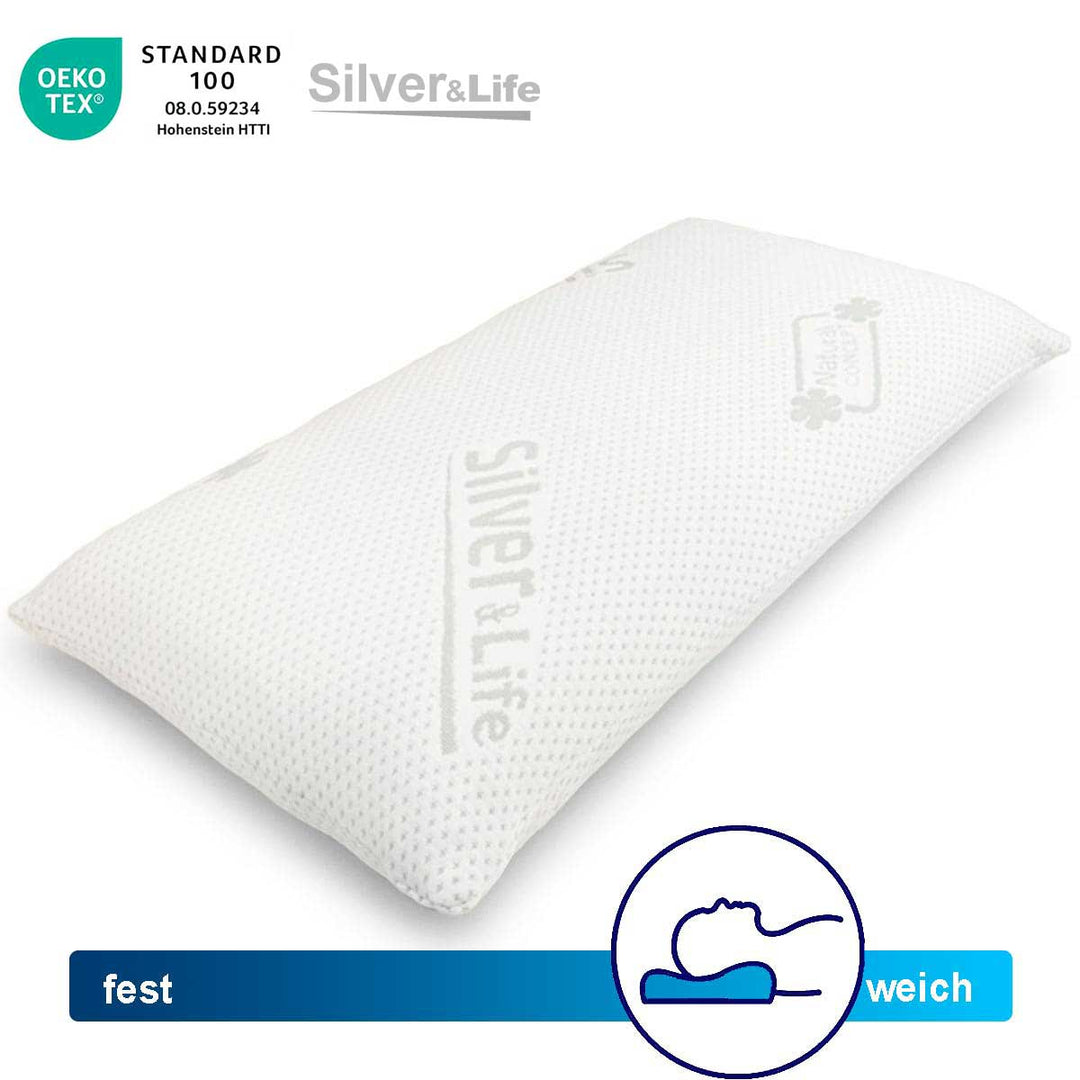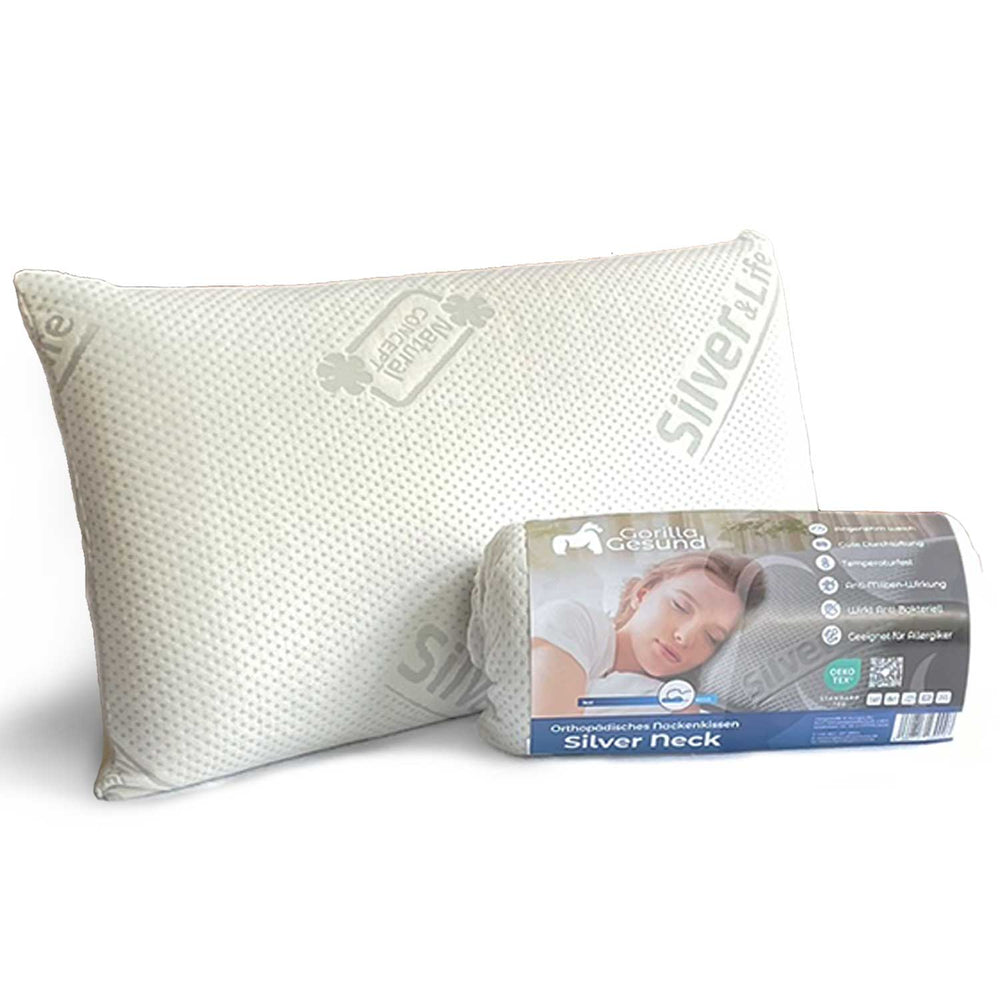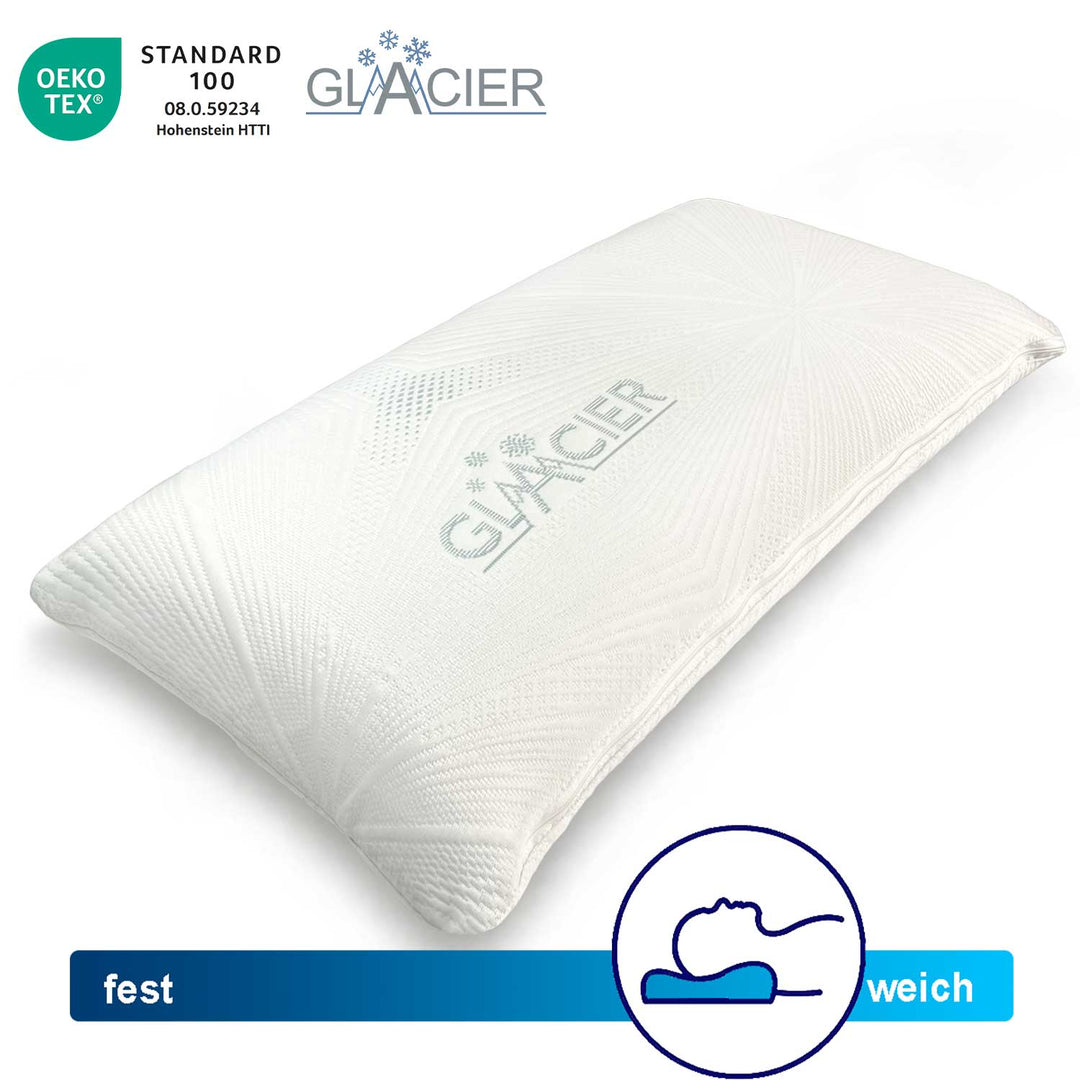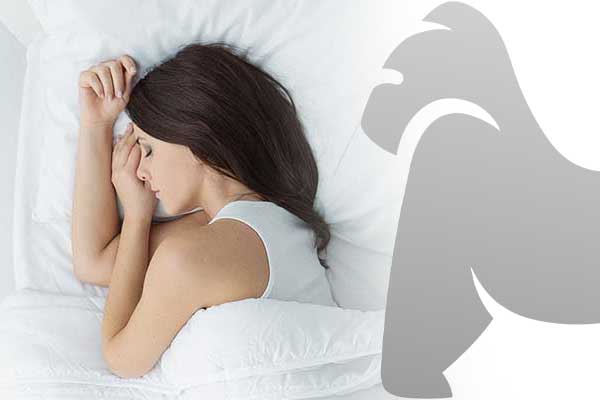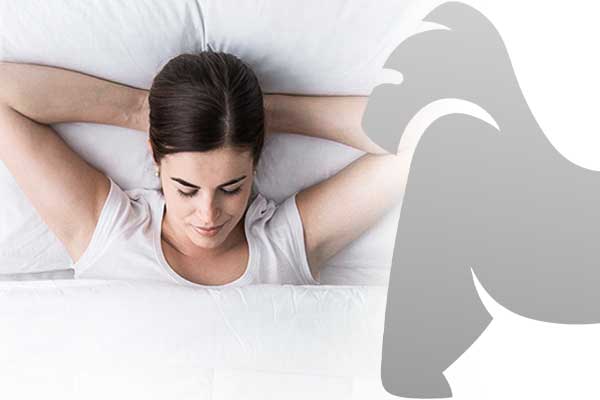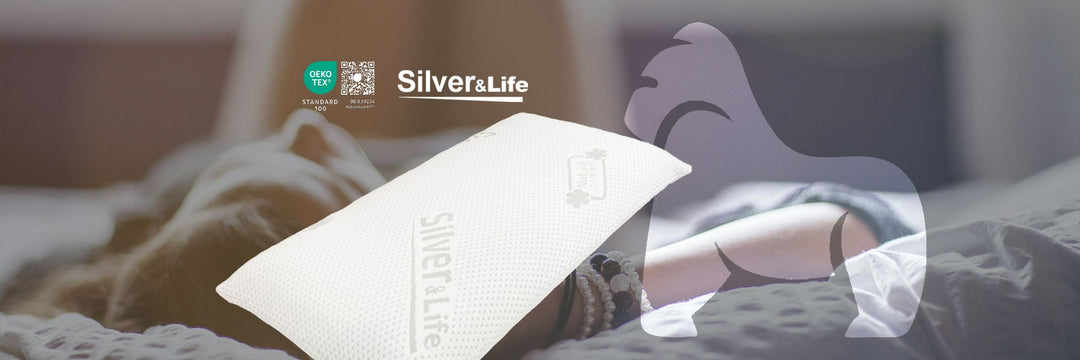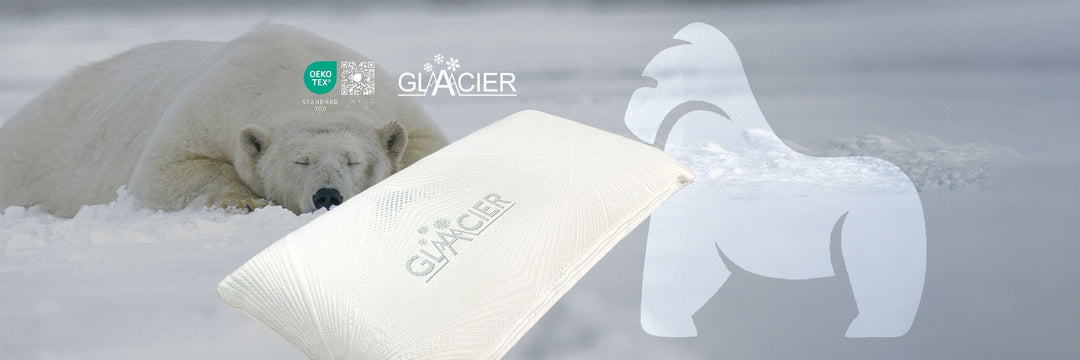
Why people use pillows but animals do not: The science behind it explained
Have you ever wondered why people use pillows to sleep but animals do not? The answer lies in the unique structure of the human spine.
The reason we need pillows is that the human cervical spine curves in a C-shape when lying down to support the head. However, if we lie flat without support, the neck area hangs in the air, straining the neck muscles and bones. This can lead to pain and stiffness in the neck and shoulders.
To prevent this strain, people use pillows to fill the gap between the neck and the lying surface. A pillow supports the neck in a natural curve, allowing it to rest comfortably and supporting the head and shoulders. This support reduces pressure on the neck and promotes better spinal alignment.
In contrast, animals do not need pillows to sleep comfortably. Unlike humans, animals have a horizontal spine, meaning their neck is in a straight line with the rest of their body. Additionally, many animals have special adaptations that allow them to sleep comfortably in various positions, such as curled up, on their side, or even lying on their head.
Overall, the need for pillows due to the C-shaped curvature of the cervical spine exists only in humans. By supporting the neck and shoulders, pillows contribute to a better sleep position and reduce the risk of neck and shoulder discomfort. While animals do not need pillows to sleep comfortably, they have their own adaptations that allow them to sleep comfortably in various positions. So next time you snuggle up with your favorite pillow, remember that it is not just a luxury but a necessity for a healthy spine and a good night's rest.
Which pillow is best for a restful night's sleep?
Besides the need for pillows for sleeping, there are also different types of pillows suitable for various sleeping positions and preferences. Choosing the right pillow can make a big difference in promoting good sleep posture and quality.
For those who like to sleep on their back, a thin pillow is best suited to keep the neck in a natural curve and support the head and shoulders. Those who like to sleep on their side should choose a higher pillow to fill the gap between the neck and mattress and keep the head in a straight line with the spine. Those who sleep on their stomach are best off using no pillow at all or a very flat pillow to avoid overextending the neck.
There are also special pillows designed for specific sleep problems. People who suffer from snoring, for example, can benefit from a special anti-snore pillow that holds the neck in an optimal position to reduce snoring.
Other factors such as the material and firmness of the pillow can also have a big impact on sleep quality. Some prefer a softer pillow, others a firmer one. It is important to choose a pillow that is comfortable and supportive and meets the individual needs of the sleeper.
Ultimately, the best pillow for a restful night's sleep is the one that suits your sleeping position, body, and preferences. If you have trouble finding the right pillow, it can be helpful to consult a professional, like Gorilla Gesund 🦍, or try different options to achieve the best result.





